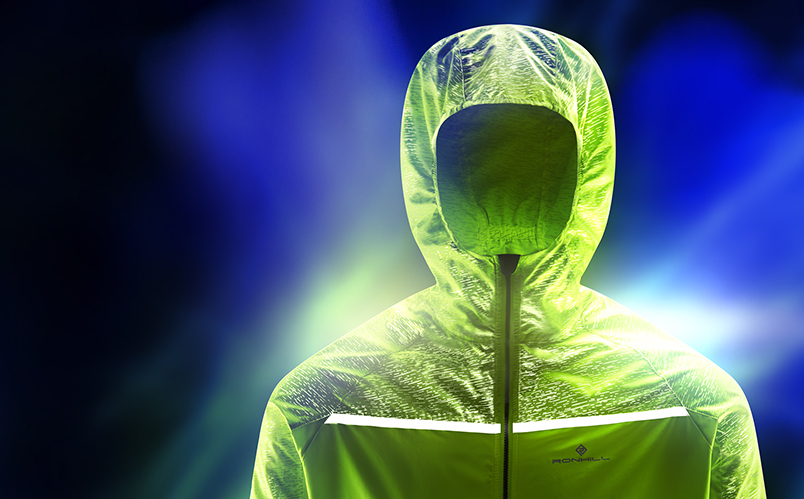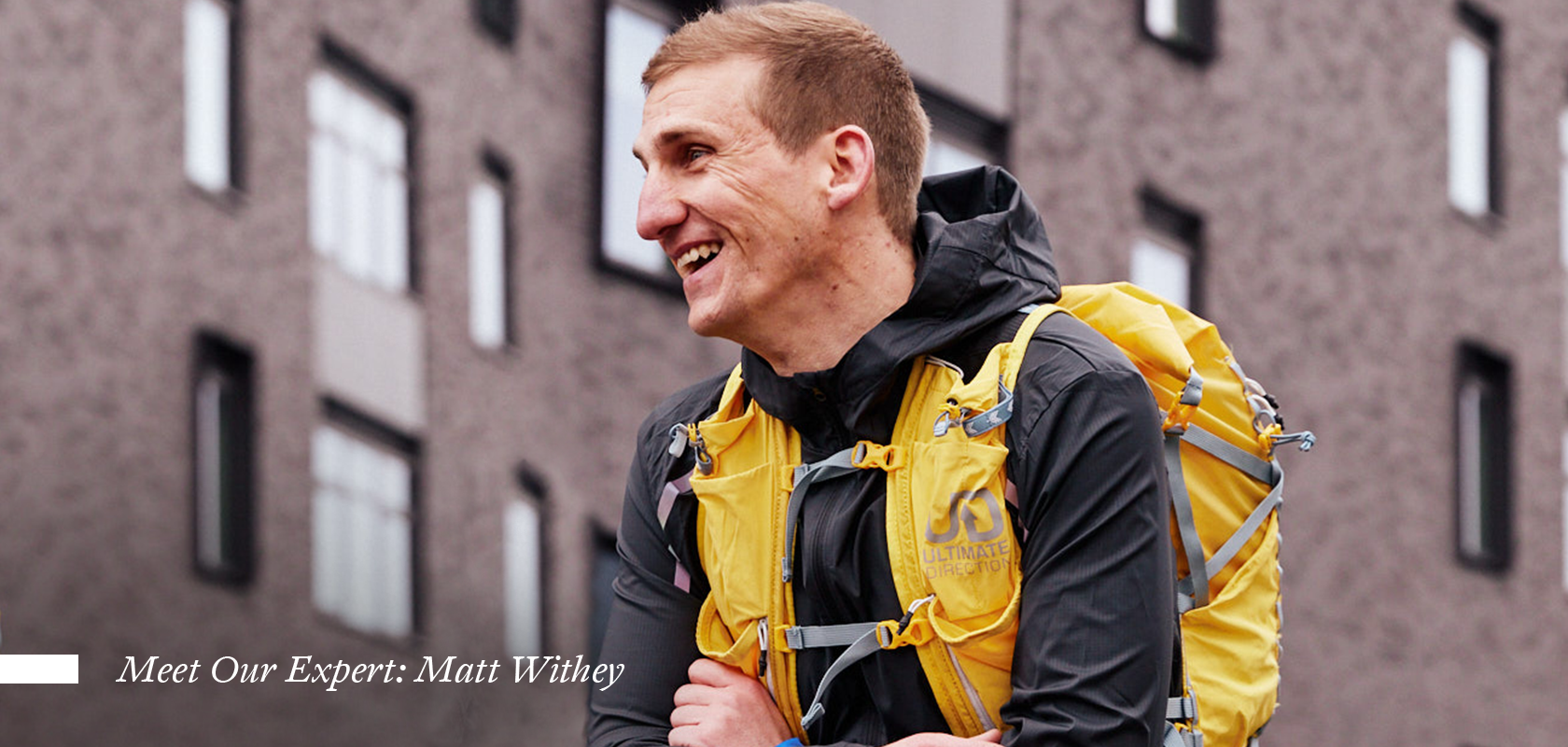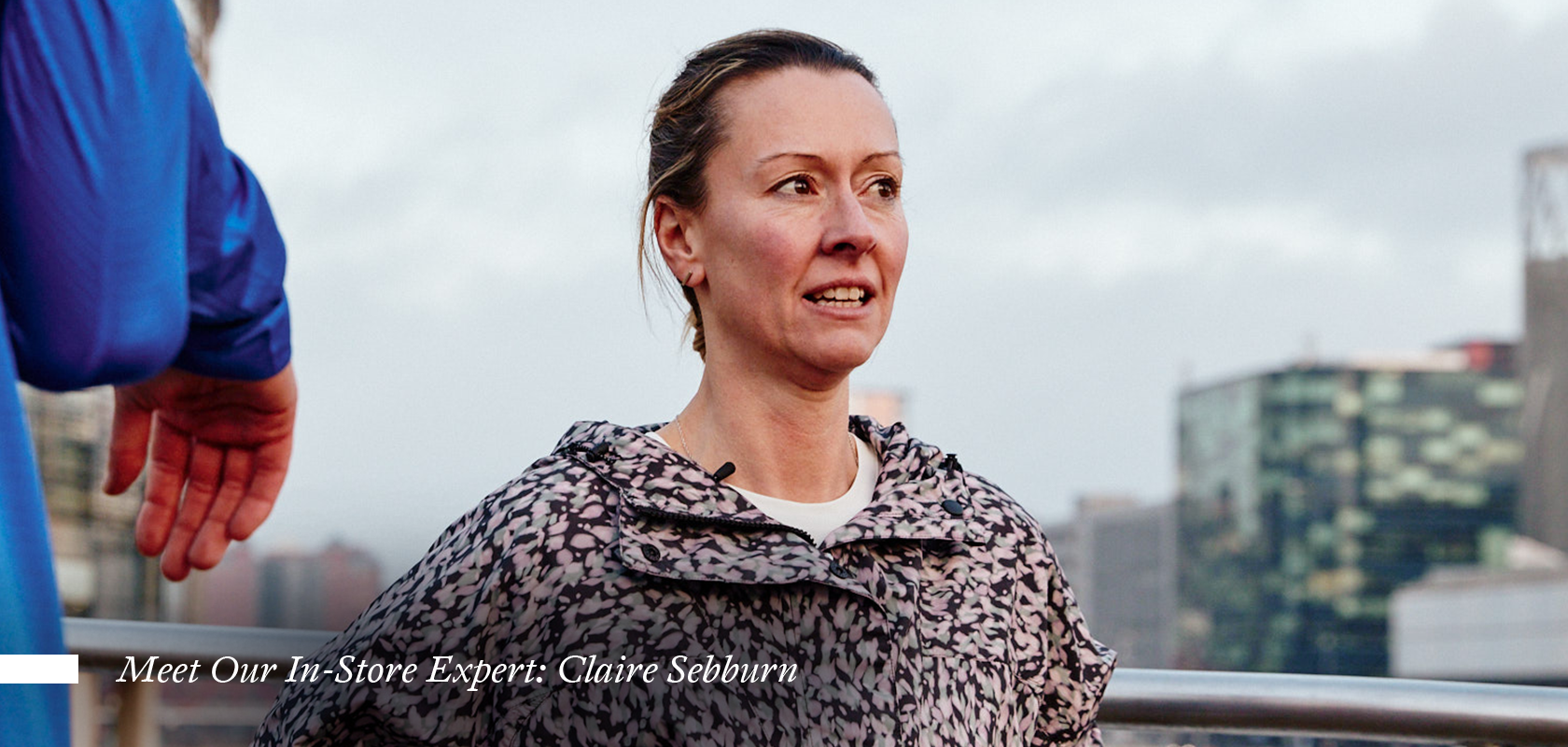10 Safety Tips For Running In The Dark
Running after sunset can feel magical—quieter streets, cooler air, and a unique sense of freedom. But with the joys of night running come some extra considerations for your safety and peace of mind. Whether you’re training for a race, squeezing in a jog after work, or simply enjoying the tranquillity, these 10 safety tips will help you run smart and stay safe in the dark.
1. Light Up: Be Seen, Be Safe
When it comes to running in the dark, visibility isn’t just a suggestion—it’s a must. The more visible you are, the safer you’ll be. Start with reflective clothing: think jackets, vests, and even leggings with reflective strips that catch headlights and streetlights. Don’t stop there—add LED armbands, clip-on lights, or a headlamp. A headlamp not only helps you see where you’re going, but it also alerts others to your presence. Some runners even opt for shoe lights, which bounce with every step and make you even more noticeable.
Why it matters → Drivers, cyclists, and even other runners may not expect to see someone on the pavement after dark. Reflective and illuminated gear ensures you’re seen from every angle, reducing the risk of accidents.
Quick tips:
- Choose bright, fluorescent colours for maximum contrast.
- Layer reflective accessories—vests, hats, and wristbands.
- Test your lights before you set out to make sure batteries are fresh.
2. Stick to Familiar, Well-Lit Routes
Nighttime is not the best moment to explore that new shortcut or winding trail. Stick to routes you know like the back of your hand, preferably those with ample street lighting and steady foot traffic. Well-lit pavements, main roads, and popular running paths are your best friends after dark.
Why it matters → Familiarity means fewer surprises—no unexpected potholes, uneven kerbs, or confusing turns. Well-lit areas also deter unwanted attention and make it easier for others to spot you if you need help.
Quick tips:
- Map your route in advance and let someone know where you’ll be.
- If you’re itching to try a new path, check it out during daylight first.
- Avoid secluded parks, alleys, or poorly lit shortcuts.
3. Stay Alert: Limit Distractions
It’s tempting to lose yourself in a playlist or podcast, but running in the dark demands your full attention. If you run with music, keep the volume low or use only one earbud. Better yet, try bone-conduction headphones, which leave your ears open to ambient sounds.
Why it matters → Being able to hear what’s happening around you—approaching cars, cyclists, or footsteps—can make all the difference in staying safe.
Quick tips:
- Pause your music when crossing roads or entering unfamiliar areas.
- Keep your phone handy but avoid texting or scrolling mid-run.
- Trust your instincts—if something feels off, take action.
4. Run With a Friend or Join a Group
There’s a reason why running clubs and groups are so popular—safety in numbers. Running with a friend or a local club not only makes your run more enjoyable but also significantly increases your safety after dark.
Why it matters → Groups are more visible, less likely to be targeted, and can help each other if someone gets injured or feels unwell. Plus, the camaraderie helps keep motivation high, especially on chilly nights.
Quick tips:
- Check out local running clubs or community groups for evening runs.
- If no one’s available, let someone know your route and expected return time.
- Consider virtual running buddies—apps that let friends track your run in real time.
5. Let Someone Know Your Plans
Before you head out, tell a friend, family member, or housemate your route and when you expect to be back. Many running apps and smartwatches offer live tracking features—activate these so someone can check in on your progress.
Why it matters → If something goes wrong—an injury, lost phone, or unexpected delay—someone will know where to look for you or when to raise the alarm.
Quick tips:
- Share your route via text or a running app.
- Set up emergency contacts on your phone.
- Agree on a check-in time for peace of mind.
6. Carry Essentials: Phone, ID, and Emergency Contact
Never leave home without your phone—it’s your lifeline if you need help or directions. Carry some form of identification, whether it’s a driver’s licence, a card in your pocket, or a wearable ID bracelet. Make sure your phone’s emergency contact info is up-to-date.
Why it matters → In the unlikely event of an accident, first responders can quickly identify you and contact your loved ones. Your phone also lets you call for help, use navigation, or even hail a ride home if needed.
Quick tips:
- Use a running belt or armband to keep your phone secure.
- Add a whistle or personal alarm for extra security.
- Store a £10 note or bank card for emergencies.
7. Face Oncoming Traffic
If your route includes roads without pavements, always run against the flow of traffic. This lets you see approaching vehicles and react if necessary—whether that means stepping aside or making eye contact with a driver.
Why it matters → Drivers are more likely to notice you if you’re facing them, and you’ll have more time to get out of the way if needed.
Quick tips:
- Stay as far to the right (in the UK) as possible.
- Make eye contact with drivers at crossings.
- Use pedestrian crossings and obey traffic signals
8. Dress for the Weather
Nighttime temperatures can drop quickly, especially in autumn and winter. Dress in layers that wick sweat, keep you warm, and can be easily removed if you heat up. Don’t forget a hat, gloves, and a lightweight waterproof jacket if rain is forecast.
Why it matters → Staying comfortable means you’ll enjoy your run more and reduce the risk of hypothermia or overheating. Wet or icy conditions can be especially tricky in the dark, so choose shoes with good grip and take extra care.
Quick tips:
- Wear moisture-wicking base layers to stay dry.
- Opt for windproof and waterproof outer layers in bad weather.
- Choose shoes with reflective details and solid traction.
9. Stay on Main Roads and Avoid Shortcuts
It might be tempting to shave a few minutes off your route by darting down a dark alley or through a quiet park, but shortcuts can be risky after dark. Stick to main roads, well-lit paths, and areas with regular foot or vehicle traffic.
Why it matters → Main roads are more likely to be monitored by CCTV, patrolled by police, or simply busy enough that help is nearby if you need it.
Quick tips:
- Plan your route to avoid isolated areas.
- If you must pass through a quiet spot, pick up your pace and stay alert.
- Trust your gut—if a shortcut feels unsafe, skip it.
10. Trust Your Instincts and Be Flexible
Your intuition is a powerful safety tool. If something feels off—a person, a place, an unexpected detour—don’t hesitate to change your plans. There’s no shame in cutting a run short or taking a different route if it makes you feel safer.
Why it matters → Your safety is always more important than sticking rigidly to a training plan. Flexibility and awareness help you adapt to changing conditions and keep your runs enjoyable.
Quick tips:
- Carry a personal alarm and know how to use it.
- If you feel uneasy, head for a busier area or a nearby shop.
- Don’t be afraid to call for a lift home if needed.
FAQs
Running at night can be safe with the right precautions: wear reflective gear, stick to familiar routes, and stay alert. Avoid isolated areas and always let someone know your plans.
Choose reflective clothing, bright colours, and add LED lights or a headlamp. In cold weather, layer up with sweat-wicking fabrics, hats, and gloves.
If you do, keep the volume low, use only one earbud, or try open-ear headphones so you can hear your surroundings.
Yes! Always take your phone, some form of ID, and consider a whistle or personal alarm. Set up an ICE (In Case of Emergency) contact on your phone for emergencies.
Running with friends, joining a club, or setting goals can help. Use the time to enjoy quieter streets and focus on your form and breathing.
Related Articles
You May Also Like:










